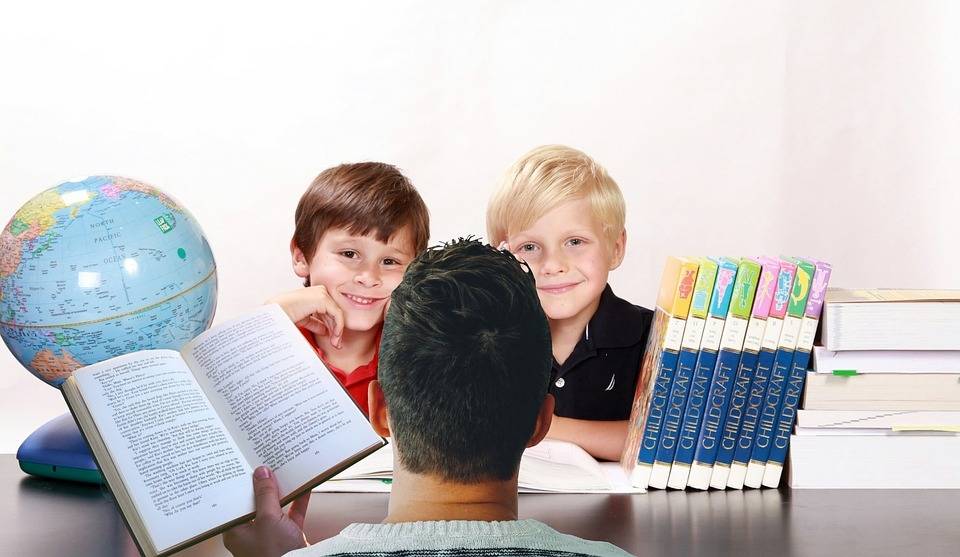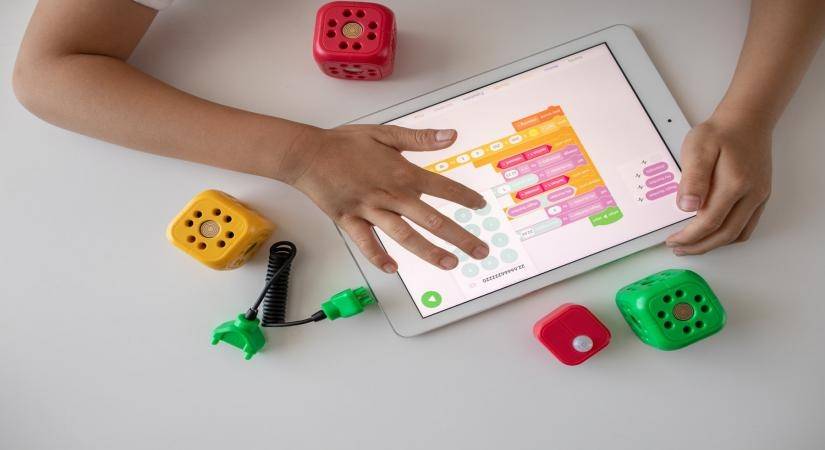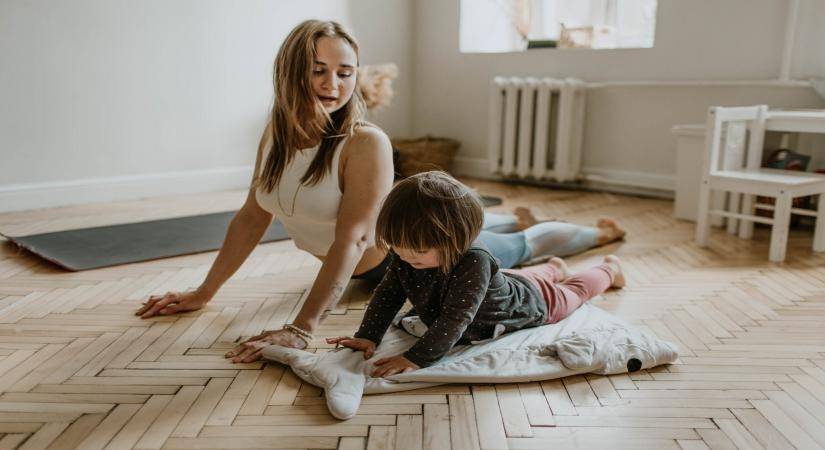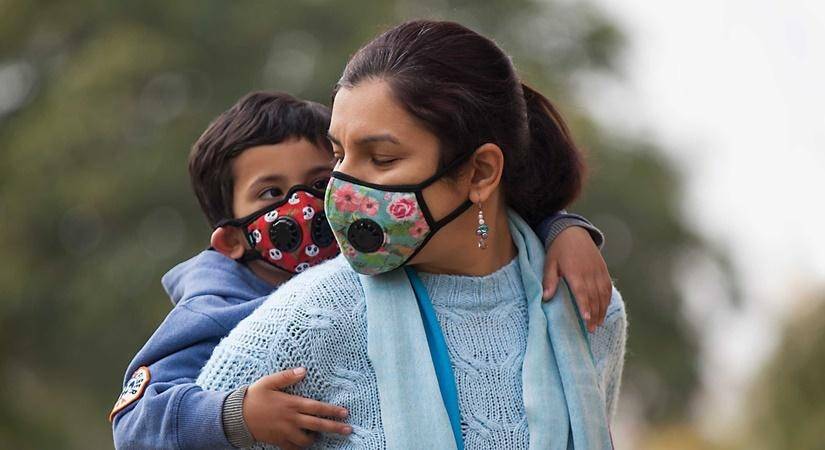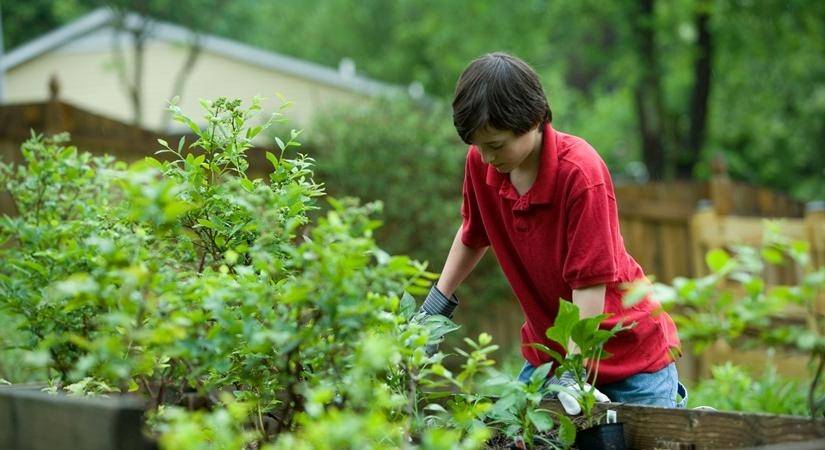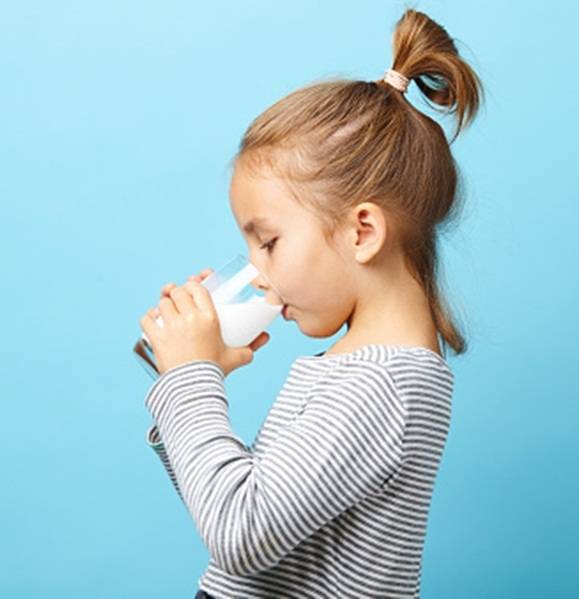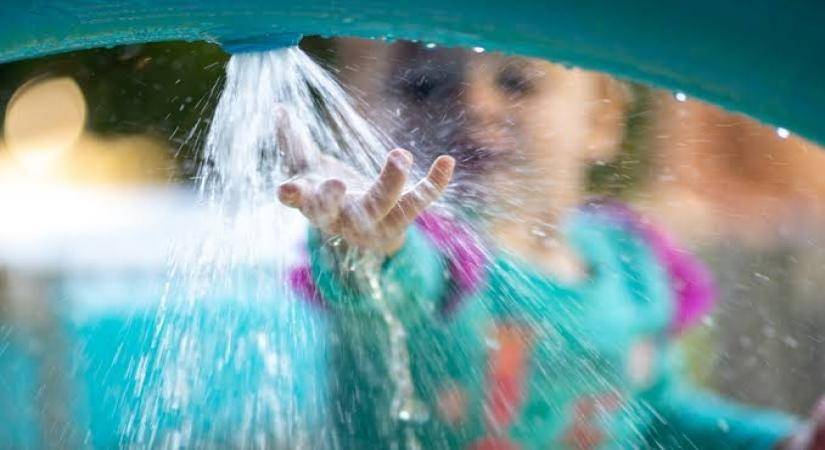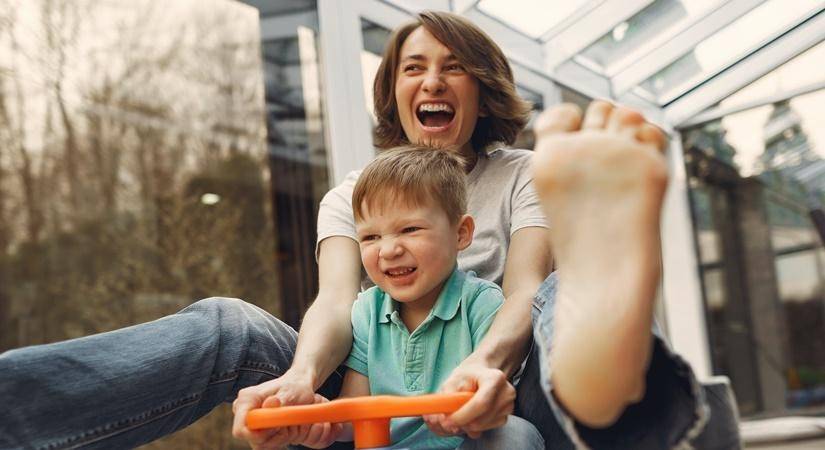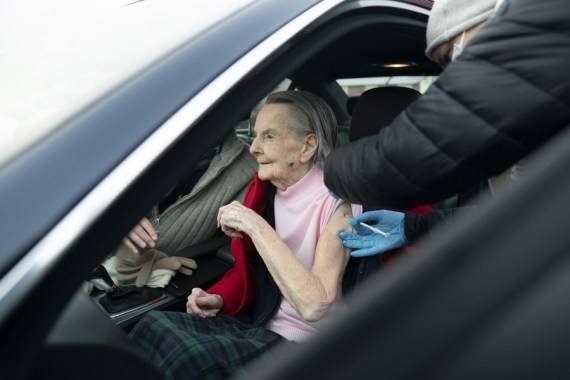Immediate and continued skin-to-skin care, including kangaroo mother care, maintains the body temperature of new-borns and is associated with improved survival among new-born babies… says Amrita Desai.
Covid era is a tough time to all people around the world, especially for moms to be and feeding mothers. Throughout the pandemic, expecting mothers and new mothers have been faced with a slew of concerns and questions about the virus and the entire vaccination process. As the months have passed, this concern has been evident in lactating mothers as well.
Amrita Desai, Assistant Manager — Lactation Consultant, Cloudnine Group of Hospitals, answers questions related to breastfeeding:
Can Covid-19 be transmitted through breastfeeding?
Transmission of active Covid-19 (virus that can cause infection) through breast milk and breastfeeding has not been detected to date. There is no reason to avoid or stop breastfeeding.

Can a mother with suspected or confirmed Covid-19 breastfeed her baby?
Yes. Women with confirmed or suspected Covid-19 can breastfeed if they wish to do so. They should:
* Wash hands frequently with soap and water or use alcohol-based hand rub and especially before touching the baby;
* Wear a medical mask during any contact with the baby, including while feeding;
* Sneeze or cough into a tissue. Then dispose of it immediately and wash hands again;
* Routinely clean and disinfect surfaces that mothers have touched.
It is important to replace medical masks as soon as they become damp and dispose of them immediately. Masks should not be reused or touched in the front.
Following delivery, should a baby still be immediately placed skin-to-skin and breastfed if the mother is confirmed or suspected to have Covid-19?
Yes. Immediate and continued skin-to-skin care, including kangaroo mother care, maintains the body temperature of newborns and is associated with improved survival among newborn babies. Placing the newborn close to the mother also enables early initiation of breastfeeding. Both these can help in decreasing neonatal mortality.
If a mother has Covid-19 and is too unwell to breastfeed what can be done?
If a mother is too unwell to breastfeed her baby due to Covid-19 or has other complications or is separated from the baby, she should be supported to safely provide her baby with breast milk in a way possible, available, and acceptable to her.

This could include:
* Expressing milk
* Donor human milk
If expressing breast milk or providing donor human milk is not possible then options of wet nursing (another woman breastfeeds the child) or infant formula milk (with measures to ensure that it is feasible, correctly prepared, safe and sustainable) can be explored.
Can a breastfeeding woman get vaccinated against Covid-19?
As per the new ICMR guidelines released on July 2, 2021, breastfeeding mothers should get themselves vaccinated against Covid-19 without any hesitation. The anti-bodies that are developed in the mother as a result of the vaccination get passively transferred to the baby while breastfeeding and could be helpful to the child. Recent evidence and studies suggest that after vaccination, antibodies are found in breast milk, which may help protect the baby against Covid-19. The numerous benefits of skin-to-skin contact and breastfeeding substantially outweigh the potential risks of transmission and illness associated with Covid-19.





